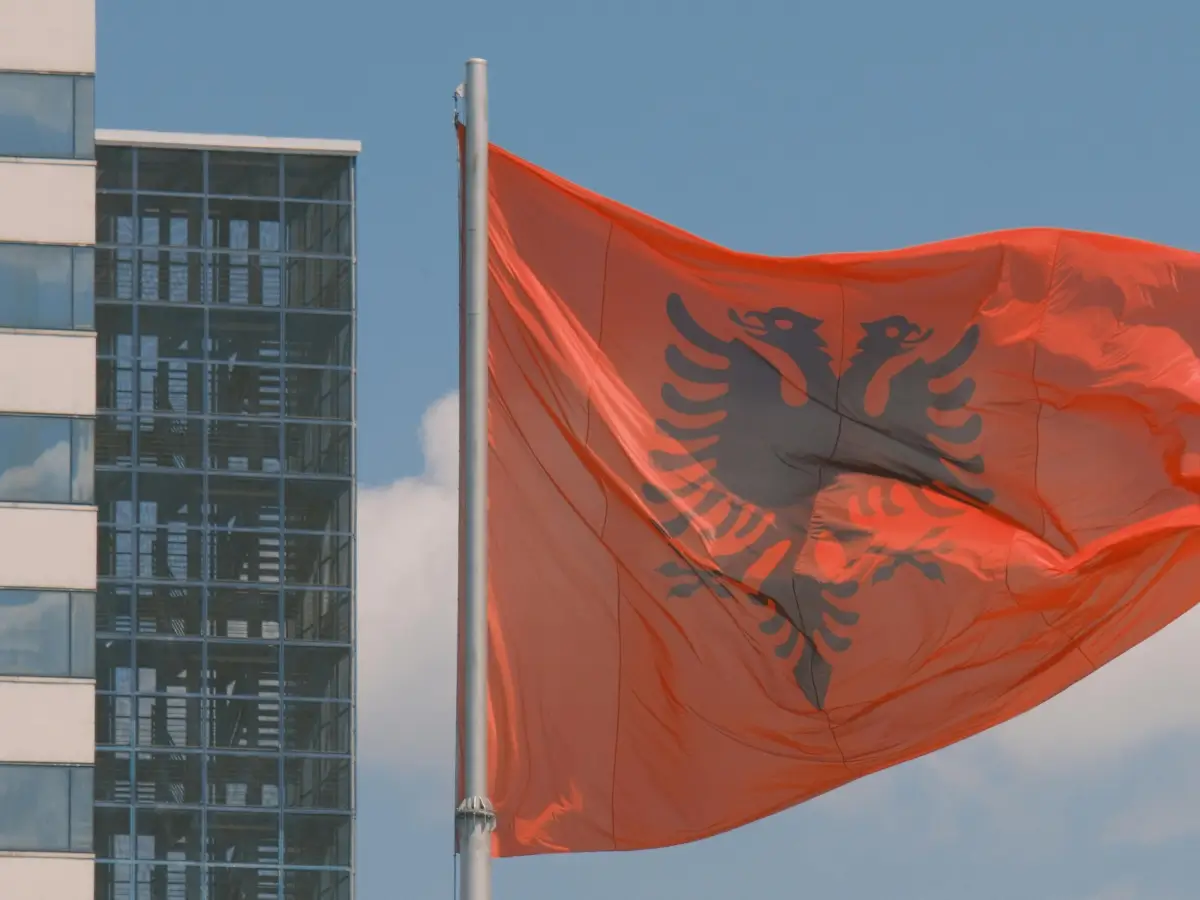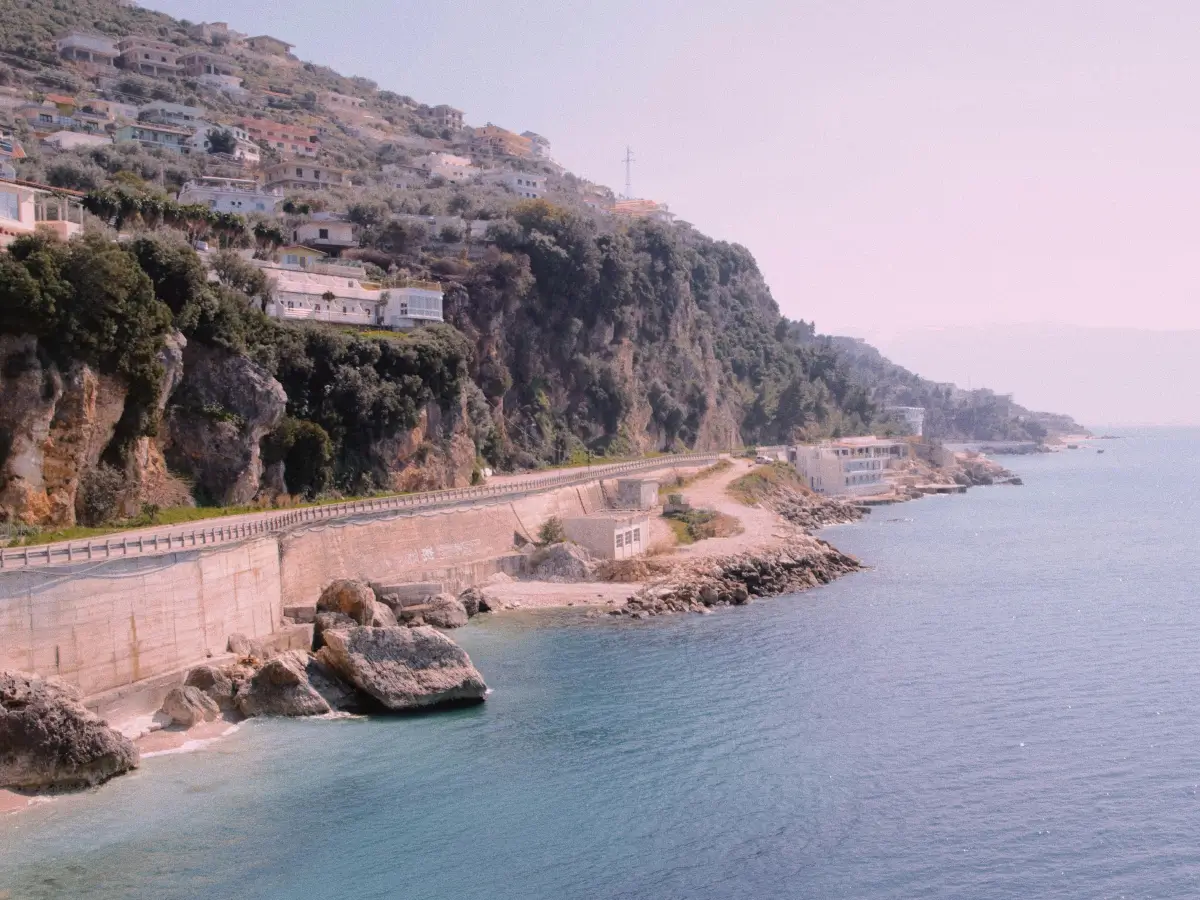More and more developers in Albania are integrating solar panels into their new projects. Whether to reduce operating costs, meet buyer expectations, or add long-term value, solar energy is no longer considered a luxury. In many parts of the country, especially in coastal zones and tourism-driven areas, it’s becoming part of the standard development strategy. But installing solar panels is not something that can be handled casually. It must be planned, permitted, and executed with full legal and technical compliance.

The solar system must be included in your approved project
If you’re planning to install solar panels, this decision must be made during the architectural design phase. The system needs to be clearly marked in the technical drawings and included in the project description submitted to the municipality. If you try to install panels after receiving your construction permit, you may be required to submit a formal project modification and face delays or rejection.
Your structural engineer will also need to design the roof to carry the additional load of the panels and account for wind exposure. If the system includes storage batteries, hot water tanks, or angled mounting structures, those must be part of the plan too.
You can’t install panels on any roof surface
Solar panels must be positioned for optimal sun exposure, safety, and future maintenance. That means not every roof is suitable, and not every location is allowed. In many areas, zoning restrictions apply, especially if your project is located:
-
In a historical preservation zone
-
Near cultural heritage buildings
-
In city centers with architectural visibility limits
-
In shared-ownership buildings with rooftop access rules
In these cases, municipalities may reject rooftop systems that are visible from public spaces or require integrated panel designs with lower profiles. If your project falls in one of these zones, your architect must adjust the layout accordingly.
All systems must meet national and EU technical standards
Solar installations must follow the technical regulations issued by the Energy Regulatory Authority. Installers must be certified, and the panels, inverters, and other equipment must meet EU quality and safety standards.
Even if you plan to use the energy only for internal consumption, the wiring, inverter, and switchgear must be installed properly.

If your system connects to the national grid, you must apply for a grid connection and submit documents such as:
-
Electrical schematics
-
Installer certification
-
Output calculations
-
Safety features and disconnects
Failing to follow these steps may result in the system being disconnected or unapproved for legal use.
Include rooftop access and maintenance planning
Your design must allow for safe access to the solar system after installation. For low-rise buildings, this might be a simple roof hatch. For multi-story buildings, your plan may need to include permanent anchors, walkways, or dedicated maintenance space. Municipal inspectors often request proof that the system can be accessed without creating a hazard. If your roof is completely enclosed or inaccessible, the installation may be rejected.
Solar adds value only when it’s done right
Solar energy is one of the few upgrades that improves both short-term efficiency and long-term property value. But this only applies if the installation is legal, professional, and properly documented. Cutting corners, using uncertified equipment, or skipping permit steps will cost more later, especially when applying for occupancy permits or trying to sell the property.
Developers who plan solar the same way they plan structure, design, and infrastructure are the ones who benefit the most. It is no longer just an add-on. It is a core part of modern, high-quality construction in Albania.